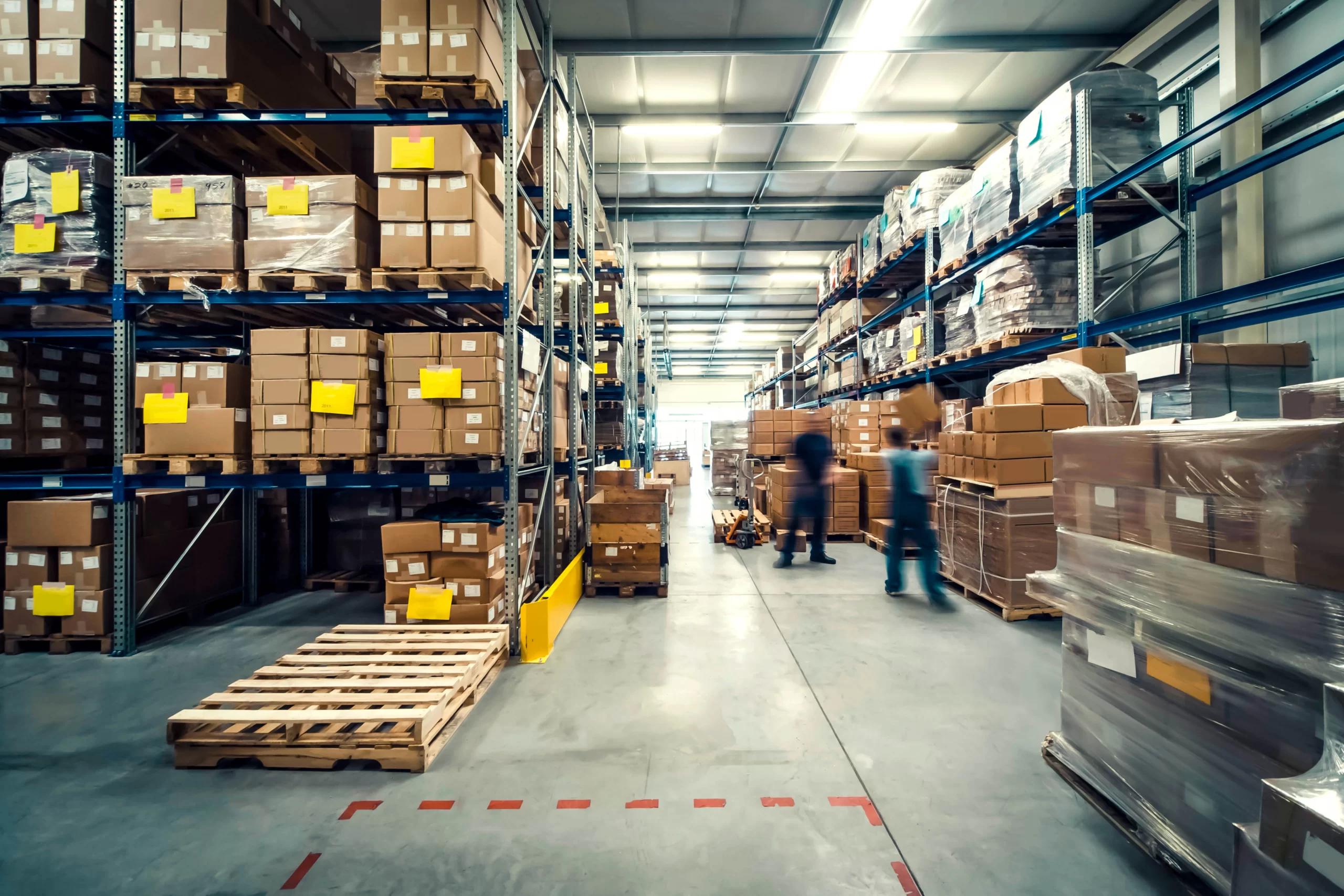
Difficulty in maintaining accurate counts of raw materials, finished goods, and work-in-progress inventory.
Limited visibility into asset availability leads to underutilization or overutilization, impacting productivity and costs.
Events impacting the supply of raw materials can lead to production delays if inventory levels are not monitored accurately.

Using Google Cloud Platform or similar for hosting the management system.
IoT sensors deployed in warehouses and production facilities to monitor inventory levels and asset conditions in real-time.
Utilizing Google Pub/Sub or API Management tools to synchronize data between the asset management system and ERP software (like SAP or Oracle).
Google BigQuery for processing and analyzing data, and Looker for creating interactive dashboards for inventory and asset tracking.
Improved accuracy of inventory counts and asset status across the entire manufacturing facility.
Increased efficiency in inventory replenishment and asset allocation based on real-time data.
Through optimized stock levels and reduced excess inventory.
Enhanced visibility ensures better allocation of resources and minimizes idle assets.
Improved inventory monitoring ensures critical materials are available when needed, reducing the risk of delays.